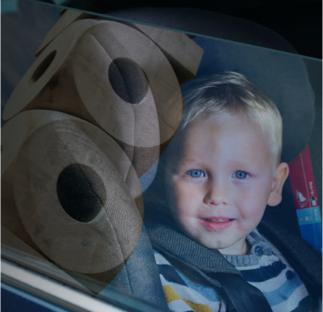The first rhino herd has arrived at Saint Louis Zoo WildCare Park, marking a historic milestone for the Zoo’s new safari park and conservation center coming to north St. Louis County.
Five southern white rhinoceroses arrived over four days in late September and are settling in well to the brand-new, state-of-the-art rhino barn completed this summer at WildCare Park. The 425-acre park located near the confluence of the Mississippi and Missouri Rivers is set to open to the public in 2027.
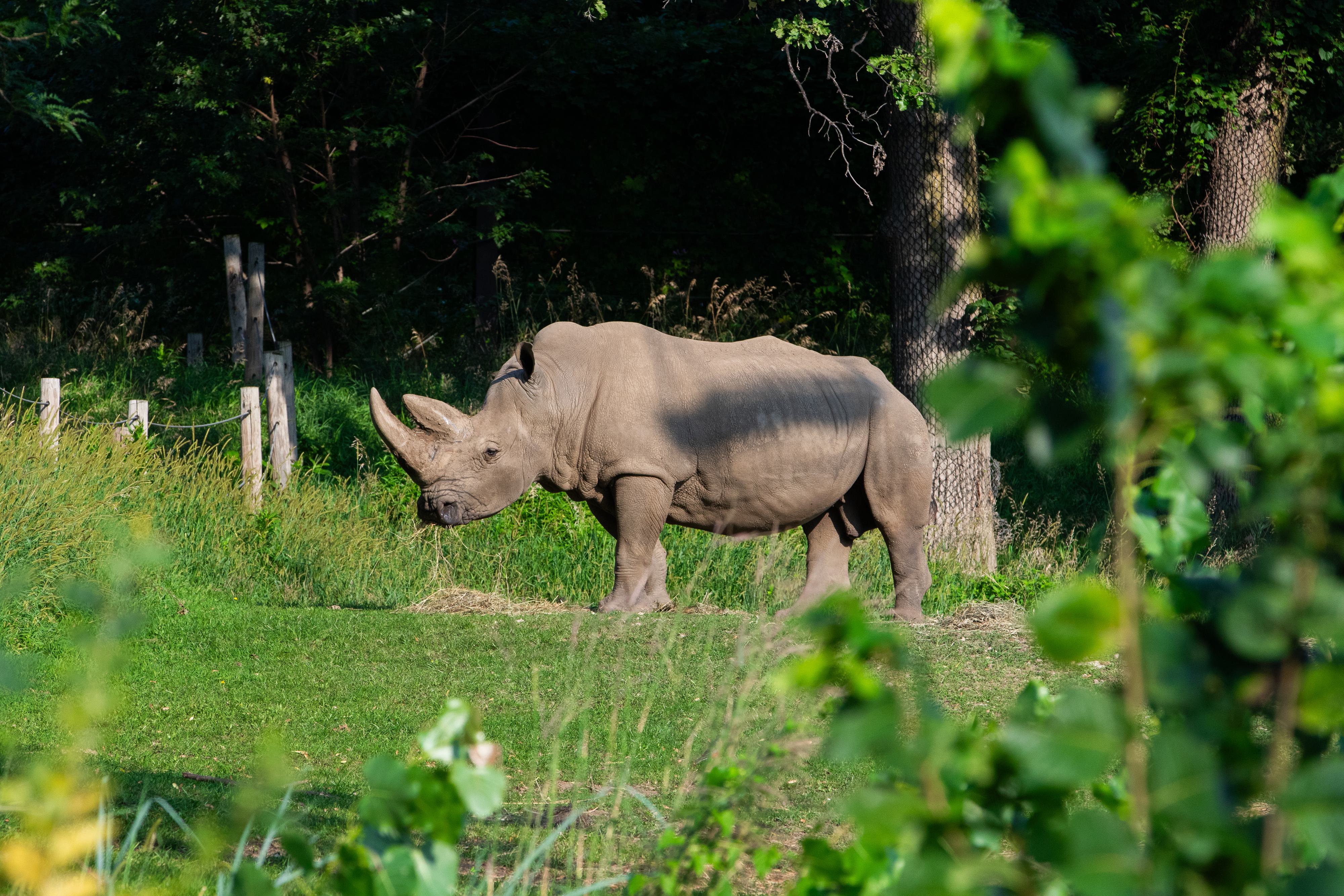
“This moment has been years in the making,” said Martha Fischer, general curator at WildCare Park. “So much care and planning go into building a world-class home for rhinos from the ground up. It’s incredible to watch the first herd start to enjoy it.”
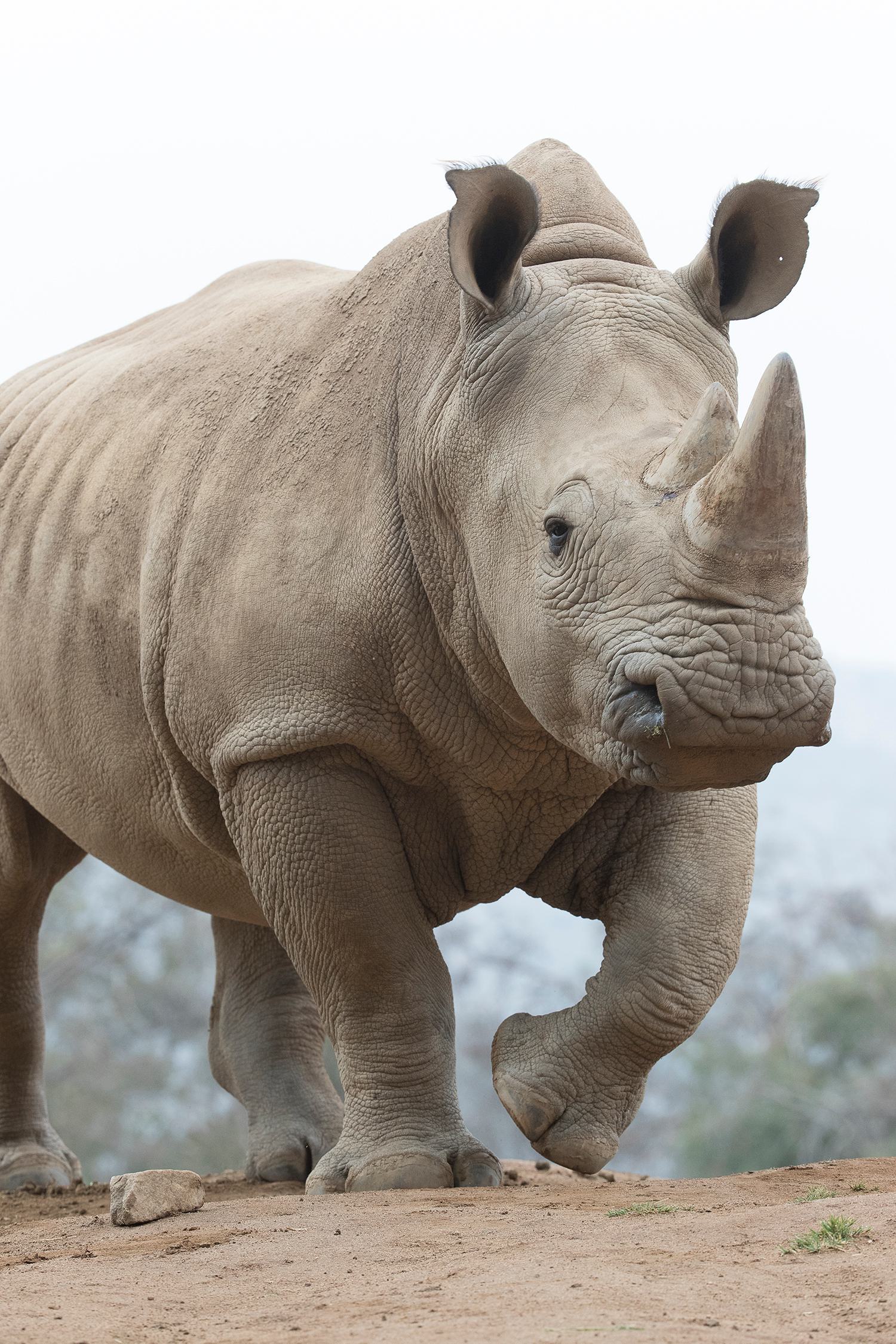
Four females—Amani, Nikita, Helena and Future—arrived from San Diego Zoo Safari Park. Amani, the largest rhino of the group, is a protective mother to 5-year-old daughter Future, who represented a milestone in reproductive science for her species. She was the second rhino born in North America through artificial insemination.
One male, 27-year-old Newton, came to WildCare Park from Omaha’s Henry Doorly Zoo & Aquarium.
As the world’s second largest land animal, the rhinos at WildCare Park weigh between 4,000 and 5,300 pounds. They range in age from 5 to 27 years old.
All five moves were recommended by the Association of Zoos & Aquariums Species Survival Plan (SSP), a collaborative breeding program between accredited zoos dedicated to creating a healthy safety net population of rhinos in human care.
The new herd marks the first time in decades that the Saint Louis Zoo will care for white rhinos. Two members of a different rhino species, the black rhinoceros, will continue to live at the Saint Louis Zoo in Forest Park.
The Woodland Safari
The rhinos will spend most of their time in WildCare Park’s Woodland Safari pasture, 63 rolling acres of native grasses and forest.
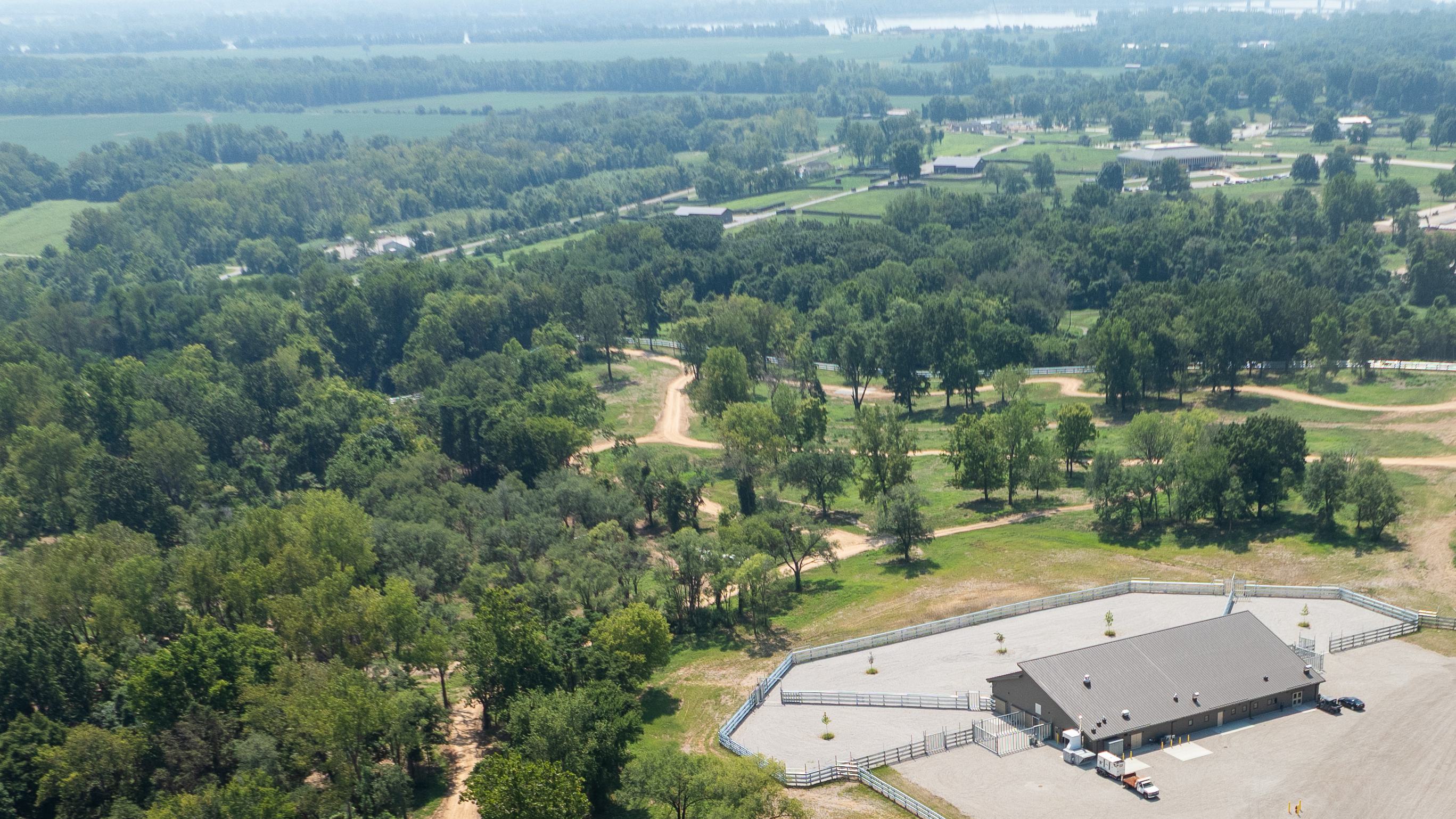
When the park opens to the public, guided safari tours will wind right through this habitat with no barrier, giving guests incredible views of the herd. Here, the rhinos will live alongside about 30 other animals including camels, eland, impala, sable antelope and ostrich.
The rhinos will also have access to shelter in a 12,000-square-foot rhino barn built to the highest science-backed standards for care in modern zoos today.
This sturdy, heated building can house up to 10 rhinos and features individual stalls along with a communal space that will allow the herd to stay together. The barn includes a food prep room, specially built drinking troughs, a rhino-safe scale, areas for behind-the-scenes guest tours and a keeper hub with workstations and a break room.
The Woodland Safari will be one of two guided safari truck experiences at WildCare Park. The second, the Savanna Safari, will take guests through more than 100 acres of grassland to see giraffes, zebras and other species.
White rhino conservation
The southern white rhino is one of five remaining rhino species in the world. Classified as Near Threatened in their range in Southern Africa, southern white rhinos were once nearly extinct.
In the early 1900s, poaching so decimated the species that fewer than 100 remained. Thanks to conservation efforts, the population rebounded to more than 21,000 by 2012.
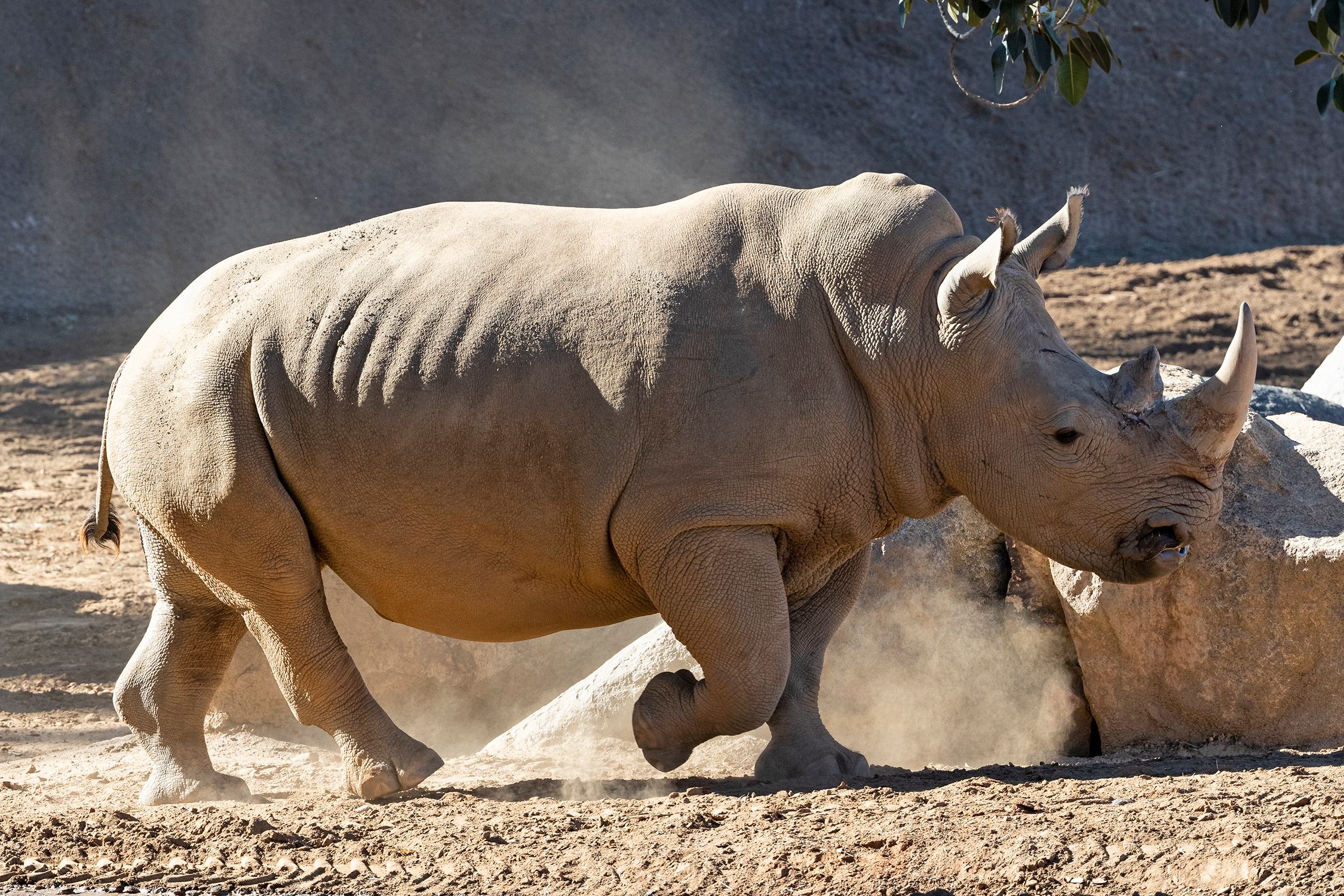
Sadly, white rhino numbers have again declined due to habitat loss and continued poaching for their horns—about 16,000 now live in the wild. These same threats drove the only other subspecies of white rhino, the northern white rhinoceros, to the brink of extinction. Only two female northern white rhinos remain on the planet today.
The Saint Louis Zoo WildCare Institute has long aided rhino conservation through ongoing support of the International Rhino Foundation and Sera Conservancy.
Saint Louis Zoo WildCare Park
WildCare Park features two different, but complementary components. The first is what the public will experience: An outdoor adventure that guides guests on a safari through herds of animals roaming wild across meadows and forests. The second is the Kent Family Conservation and Animal Science Center, a dedicated conservation breeding facility. This area will not be open to the public and is focused on sustaining endangered and threatened species.
Today, WildCare Park is home to 70 animals including some of the most endangered species in the world. Herds at WildCare Park include Grevy’s zebras, wild cattle, wild horses and several antelope species.
WildCare Park will be home to more than 200 adult animals when it opens to the public in 2027. For more information on WildCare Park, visit stlzoo.org/wildcarepark.
